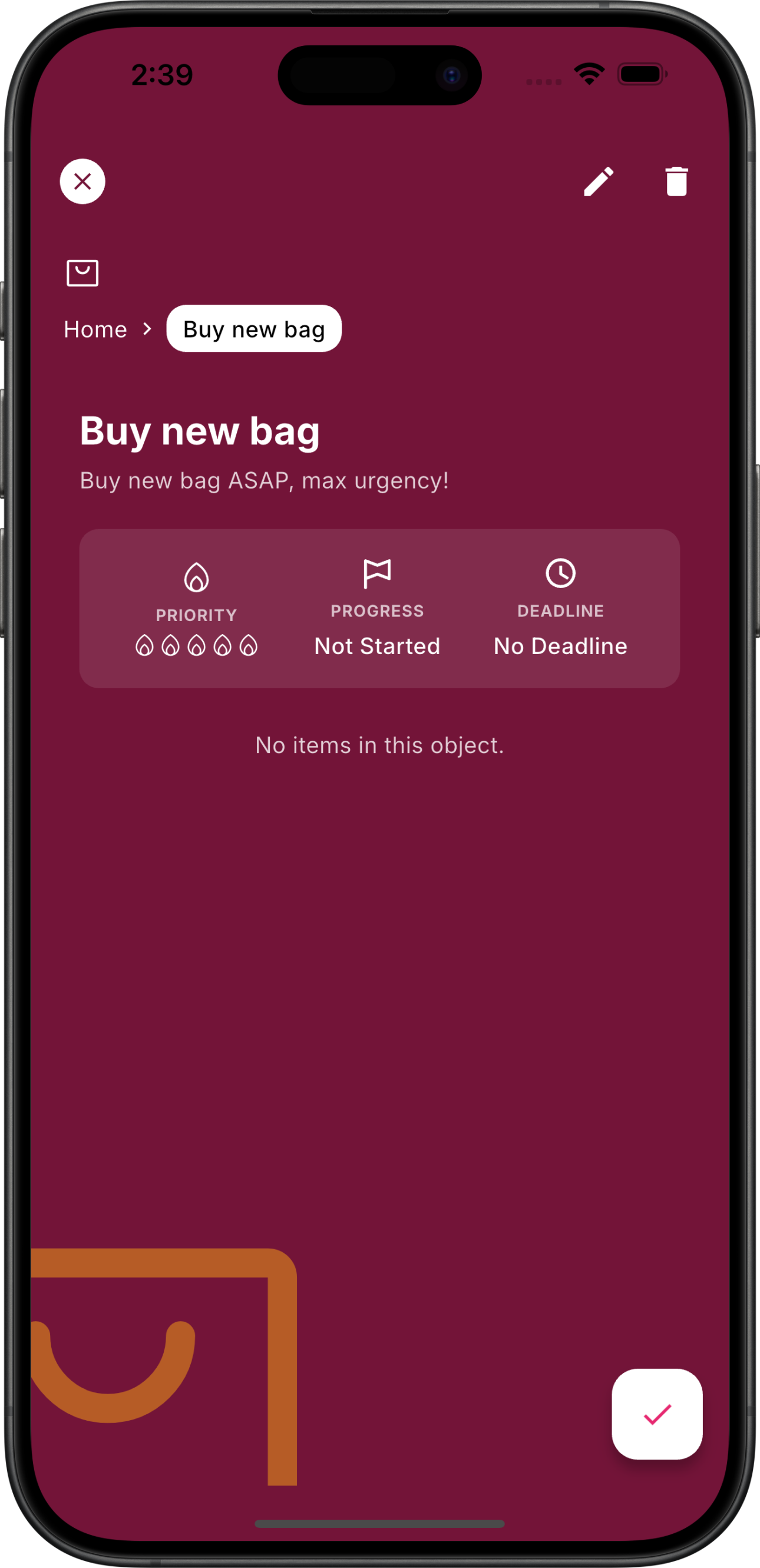Why it matters: Cross-functional projects stall when context is trapped in department silos. PMI’s Pulse of the Profession 2024 reports that organisations waste 21% of project budget through poor performance, with communication gaps a top culprit.[1] A cross-functional handoff template inside Chaos makes ownership, risks and next actions obvious before teams lose momentum.
TL;DR
- Standardise handoffs with a Chaos template that captures objectives, artefacts, blockers, and rollback plans.
- Automate notifications so receiving teams acknowledge handoff readiness and surface gaps instantly.
- Review handoffs weekly, logging decisions in the decision log workflow so history is never lost.

Why does a cross-functional handoff template matter?
Launches rarely fail in the build phase—they fail when information doesn’t travel. A cross-functional handoff template clarifies what “done” means, who owns the next sprint and which risks linger. When paired with the creative operations workflow, it keeps narrative, assets and compliance checkpoints in one context-aware workspace.
Case story (hypothetical): A healthtech scale-up launching in Germany used the template to pass from product to legal to GTM. Every handoff carried data hygiene checks from the AI data hygiene checklist, preventing last-minute scrambles over consent language.
How do you build a cross-functional handoff template in Chaos?
Capture the why, what, and proof
Start with sections for objective, success metrics, linked artefacts, testing evidence, and open risks. Ask the sending team to record a short Loom summarising context; Chaos stores and indexes it so receiving teams can replay at speed.
Map dependencies and readiness gates
List upstream and downstream owners with SLA dates. Use automations to alert the next team when prerequisites hit “ready” and to block handoff when critical tests fail. Tie readiness gates to compliance milestones to avoid regulatory surprises.
| Track | Evidence required | Approval owner |
|---|---|---|
| Product | QA sign-off, feature flags, rollback plan | Product manager |
| Security | Data hygiene ledger entry, threat model | Security lead |
| Marketing | Launch narrative, asset kit, localisation proof | Head of marketing |
| Customer success | Enablement deck, FAQ, support macros | CS lead |
Confirm acceptance and log outcomes
Require receiving teams to mark “Accepted” or “Needs work” in Chaos. Capture comments inline and loop them back to the sending team. Close the loop with the onboarding playbook so new teammates learn from real handoffs instead of theoretical slides.
How do you keep cross-functional handoffs honest?
Run a 15-minute weekly handoff stand-up. Ask: What evidence is missing? Who needs a decision? What changed since yesterday? Document answers inside Chaos so board observers, investors or compliance partners can audit the trail. The UK’s Government Service Standard recommends publishing decision logs; this template delivers that in real time.
Key takeaways
- A cross-functional handoff template clarifies ownership, evidence and risks before work moves downstream.
- Chaos automations ensure receiving teams acknowledge handoffs and address gaps immediately.
- Weekly reviews and logged decisions keep regulators, investors and new joiners aligned.